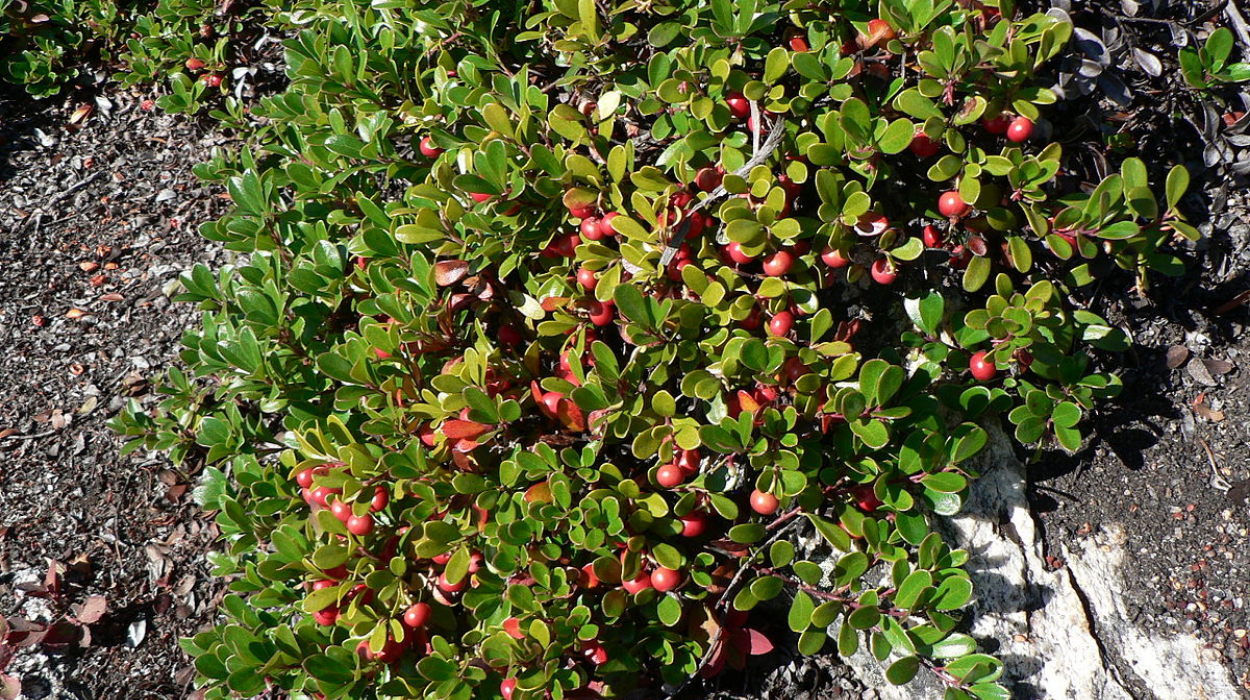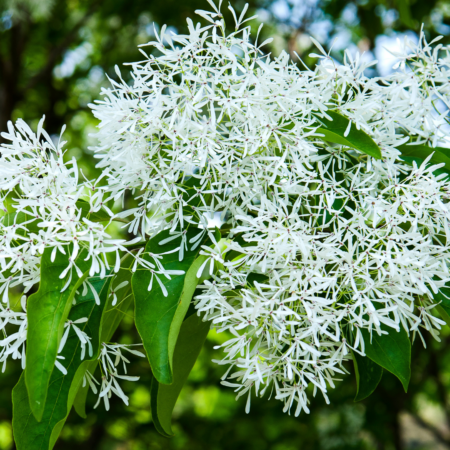Arctostaphylos uva-ursi, commonly known as Bearberry, is a charming evergreen shrub native to Massachusetts and other regions of North America. With its low-growing habit, glossy foliage, and bright red berries, Bearberry adds year-round interest and natural beauty to gardens and landscapes. Let’s explore the allure of this native plant and discover how it can enhance your outdoor space.
Contents
Characteristics of Arctostaphylos uva-ursi
Bearberry is characterized by its trailing stems, small leathery leaves, and clusters of pink or white bell-shaped flowers that bloom in spring. These blooms give way to round, bright red berries that persist throughout the winter, providing a pop of color against the snow. With its dense, spreading growth habit, Bearberry forms a thick mat that is both visually appealing and effective for erosion control in gardens and slopes.

Cultivation and Care Tips
Growing and caring for Arctostaphylos uva-ursi is relatively simple, making it an excellent choice for both novice and experienced gardeners. This species thrives in well-drained, acidic soil and prefers full sun to partial shade. Once established, it is drought-tolerant and requires minimal supplemental watering. Pruning can be done in early spring to remove any dead or damaged branches and encourage compact growth.
Landscaping Ideas
Bearberry offers endless possibilities for landscape design, adding beauty and functionality to a variety of settings. It can be used as a ground cover to create a carpet of greenery in sunny or partially shaded areas, or planted along pathways and borders for a naturalistic effect. Consider pairing it with other native plants such as low-growing grasses, ferns, or wildflowers to create a harmonious and sustainable landscape design.
Ecological Importance and Benefits
Beyond its ornamental value, Arctostaphylos uva-ursi plays a crucial role in supporting local ecosystems and wildlife. Its nectar-rich flowers attract pollinators such as bees and butterflies, while its berries are consumed by birds and small mammals. Additionally, its dense foliage provides shelter and nesting sites for wildlife, contributing to overall biodiversity and ecosystem health.

Common Issues and Solutions
While generally hardy and resilient, Bearberry may encounter occasional pest infestations or diseases, particularly in stressed conditions. Preventive measures such as proper siting, watering, and soil management can help minimize these issues. If problems arise, environmentally friendly solutions such as neem oil or insecticidal soap can be used to control pests effectively.
Arctostaphylos uva-ursi, the Bearberry, is a versatile and environmentally valuable addition to any landscape. Its unique appearance, low maintenance requirements, and ecological benefits make it a standout choice for gardens, parks, and natural areas. By incorporating this native plant into your outdoor space, you can enhance its beauty, support local wildlife, and create a sustainable and habitat-friendly environment for years to come.
FAQs About Arctostaphylos uva-ursi (Bearberry)
- Are the berries of Bearberry edible for humans?
- While technically edible, the berries of Arctostaphylos uva-ursi are not typically consumed by humans due to their bitter taste and high tannin content.
- Does Bearberry attract wildlife?
- Yes, the flowers of Bearberry attract pollinators such as bees and butterflies, while the berries are consumed by birds and small mammals.
- Is Bearberry deer-resistant?
- Yes, Arctostaphylos uva-ursi is known for its deer-resistant qualities, making it a suitable choice for landscapes frequented by deer.
- Can Bearberry tolerate drought conditions?
- Yes, once established, Bearberry is drought-tolerant and requires minimal supplemental watering.



